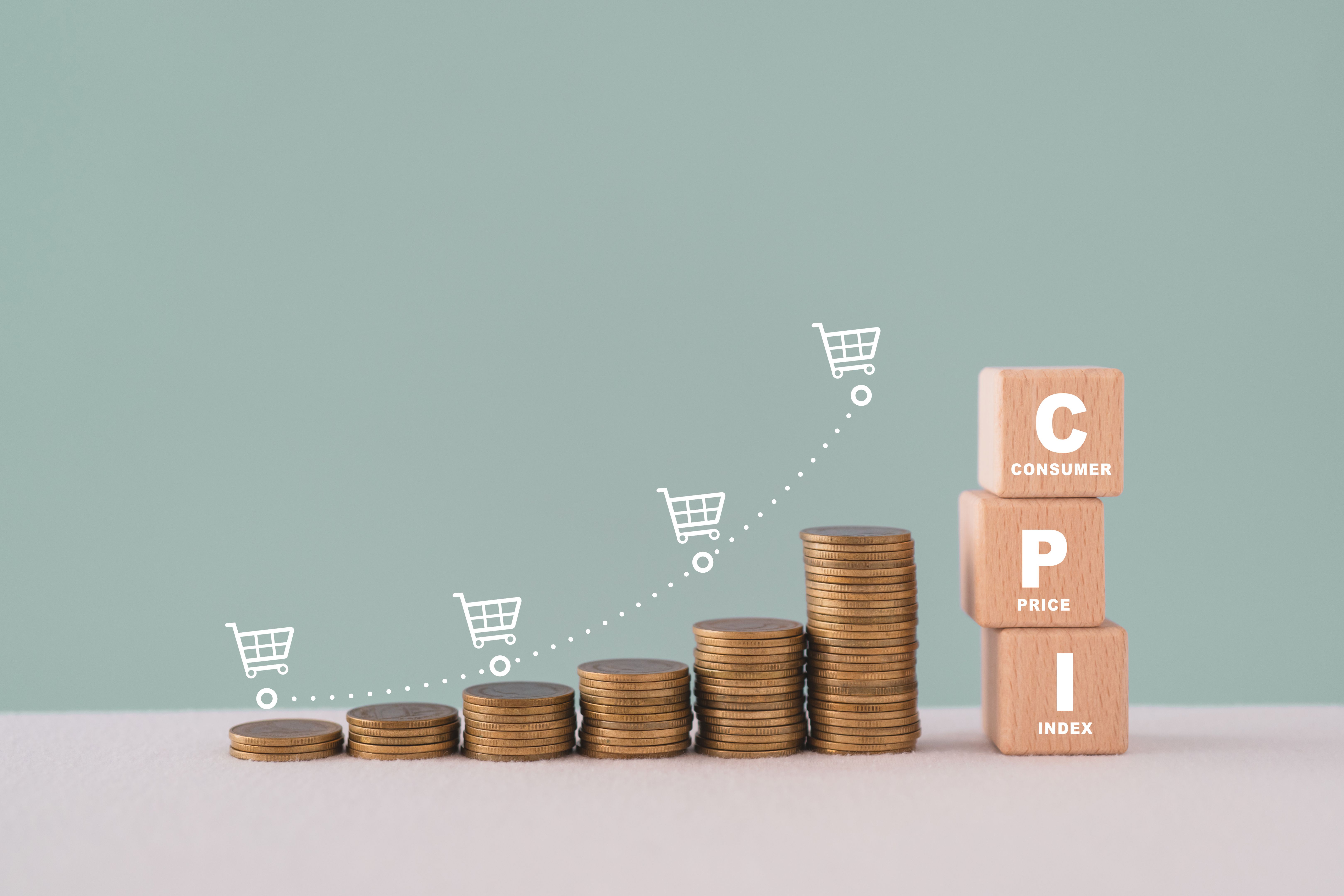Consumer Price Index: A Key Economic Indicator
What is the Consumer Price Index?
The Consumer Price Index (CPI) is a pivotal economic indicator used to measure the average change over time in the prices paid by urban consumers for a market basket of consumer goods and services. It is a key tool for economic analysis, providing insights into inflation trends and the cost of living. By tracking price changes, the CPI helps economists and policymakers make informed decisions.
CPI is widely recognized as an essential tool for understanding the economic health of a country. It impacts everything from monetary policy to wage adjustments and is often used in cost-of-living adjustments for government benefits and contracts. Without the CPI, gauging inflation and economic stability would be significantly more challenging.

How is the CPI Calculated?
Calculating the CPI involves several steps, including data collection, averaging, and weighting of various goods and services. The process begins with the Bureau of Labor Statistics (BLS) identifying a representative sample of goods and services that urban consumers purchase. This sample is known as the "market basket."
Prices for these items are collected from thousands of retail and service establishments across urban areas in the United States. The BLS then averages these prices and applies weights based on the relative importance of each item in the average consumer's expenditures. This weighted average forms the basis for calculating the CPI.
Components of the Market Basket
The market basket used in CPI calculations includes a wide range of goods and services, categorized into several major groups such as:
- Food and beverages
- Housing
- Apparel
- Transportation
- Medical care
- Recreation
- Education and communication
- Other goods and services
The Importance of CPI in Economic Policy
The Consumer Price Index plays a critical role in shaping economic policy. Central banks, such as the Federal Reserve, use CPI data to guide monetary policy decisions, including interest rate adjustments aimed at controlling inflation. By monitoring CPI trends, policymakers can take preemptive measures to curb excessive inflation or deflation.
CPI also influences fiscal policy decisions. Governments may adjust tax rates or spending based on inflation data to maintain economic stability. Additionally, businesses use CPI information to make informed pricing, wage, and investment decisions.

CPI and Everyday Life
Beyond its impact on policy, the CPI affects everyday life by influencing wages, pensions, and social security benefits. Many labor contracts include cost-of-living adjustments tied to the CPI, ensuring that wages keep pace with inflation. Similarly, social security benefits are adjusted annually based on changes in the CPI to help recipients maintain their purchasing power.
Understanding the CPI can help consumers make better financial decisions. By staying informed about inflation trends, individuals can plan their budgets more effectively and make strategic investments to protect their wealth from eroding purchasing power.
Challenges and Limitations of the CPI
While the Consumer Price Index is an invaluable tool, it is not without its limitations. One challenge is that the CPI may not fully reflect individual consumption patterns due to its reliance on a standardized market basket. As a result, some segments of the population may experience different inflation rates than those indicated by the CPI.
Additionally, quality changes in products over time can complicate price comparisons. The BLS makes adjustments for these changes, but accurately assessing quality improvements remains a complex task. Despite these limitations, the CPI remains a crucial economic barometer.

The Future of the Consumer Price Index
As economies evolve and consumption patterns shift, the methodology behind calculating the CPI continues to adapt. Advances in technology and data collection methods offer opportunities for enhancing the accuracy of CPI measurements. Future developments may include more granular data analysis and integration of alternative data sources to better capture consumer behavior.
The ongoing refinement and adaptation of the Consumer Price Index will ensure it remains a vital tool for understanding economic trends and guiding policy decisions in an ever-changing world.
CPI (Consumer Price Index): A measure of the average change over time in the prices paid by urban consumers for a market basket of consumer goods and services.
